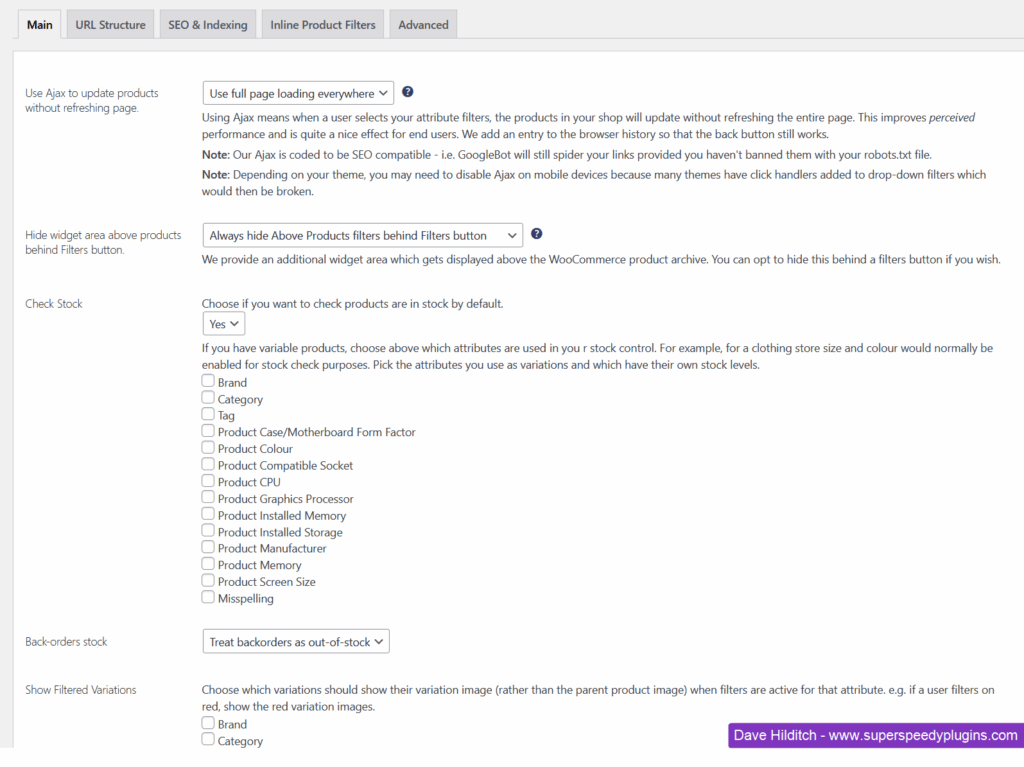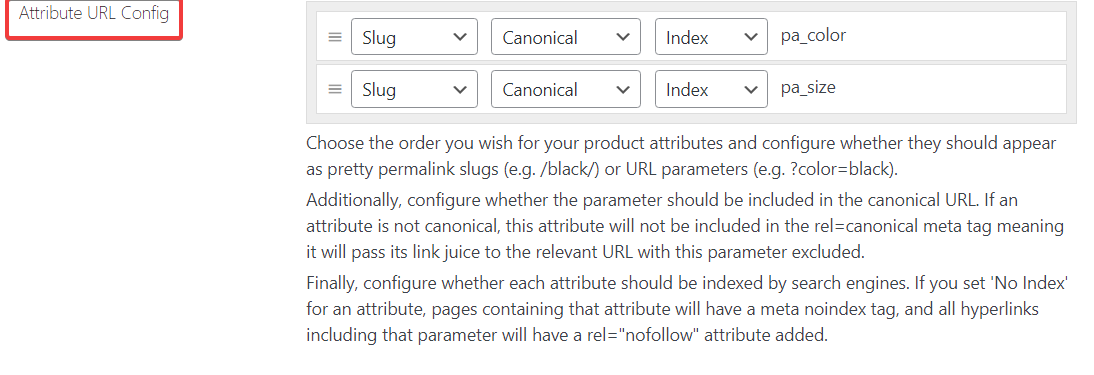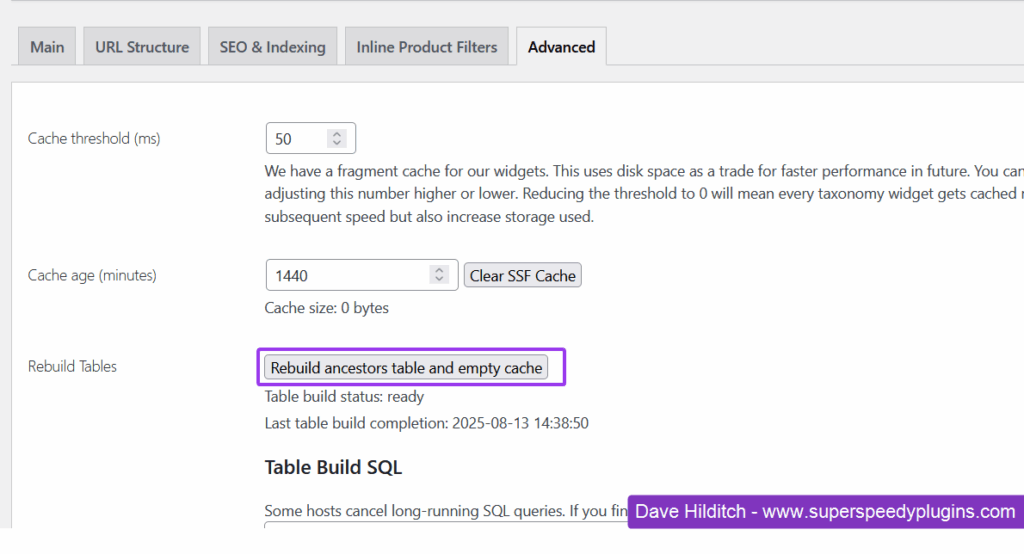The Super Speedy Filters plugin replaces the defacto WooCommerce widgets with far faster equivalents. Below you will find instructions on how to get started.
Table of Contents
Downloading Super Speedy Filters as a zip file from your account
Once you have completed the purchase of Super Speedy Filters, visit your downloads area
Select the Super Speedy Filters button in order to download the latest version of the plugin.
Uploading Super Speedy Filters to your site
Once you have downloaded a version of Super Speedy Filters, enter your website dashboard and select wp-admin > Plugins > Add New.

You will then see the option to choose which file to install. Click ‘Choose file’, browse to where you downloaded the plugin ZIP file and then click ‘Install Now.

Once installed, click ‘Activate’ to activate the plugin if it’s not already.
Activating Super Speedy Filters Features
Once the plugin is activated you should visit the Settings > Super Speedy Filters page to configure the plugin. In particular, for filtering control you should check the Main tab where you can control whether to check for stock and how to handle product variations.

You should also have a look at the URL Structure & SEO & Indexing tabs as these are critical to gaining SEO control over your shop archives. With Super Speedy Filters, attributes can be combined in pretty permalinks so that you have URLs like /t-shirts/adidas/black/ if you wish! Just note: If you remove qualifiers from before each taxonomy, the terms must be unique across your taxonomies. For example, you could not have a category and a brand called Adidas. If you have a brand and a category called Adidas then the qualifiers will be required, e.g. /product-category/adidas/ or /brand/adidas/
Controlling Googlebot
Your new shop page structure will have a LOT of potentially indexable pages. That means, if you’re not careful, a few days after activating Super Speedy Filters you’ll have an army of bots (GoogleBot, Yandex, Yahoo, MSN/Bing, Apple etc) crawling through your website and potentially bringing it to a halt. You should be careful about which attributes you allow these bots to index, so scroll through the attributes in our settings page and ensure that only the attributes you really want indexed are set to Index.
It’s tempting to allow bots to index everything but if you have 10 attributes with 10 values each then that’s potentially 10,000,000,000 URLs you are asking the bots to index. Clearly, that’s not a good idea. We provide granular levels of control over what to allow the bots to index, so please consider carefully what should be allowed. It’s best to start off with a small subset of your shop pages to be archived – the most important pages for your users – and then add more once you’ve seen the bots come and get what they need.

On the SEO & Indexing page, you can see a count of the Indexable Pages so try and keep this quite low to start with. Your aim should be for Google & Bing to actually add all of these archive pages to their index. Then, gradually over time, you can relax your indexing restrictions.
Building the Ancestors Table
Super Speedy Filters relies on our object ancestors table, so once you have completed configuring your settings you can run the object ancestors build. On many hosts, this will work if you visit the Advanced tab and click the Rebuild button:

However, it’s far quicker if you have access to WP CLI and you can just log on and run the following:
wp ssf rebuildIt’s a one-off job, we maintain the tables after the table build. If you run bulk updates or large imports in future with do_action calls switched off, you should re-run the job above.
Beware the AI Bots!
We have bad-bot protection mechanisms built in, but bad bots are trying to scrape every page on the internet to feed their AI monsters and they ignore the nofollow and robots rules. Whilst we have bad-bot protection, it can be useful to control these bots through Cloudflare to limit how much they hit and hurt your website.
Recommended Plugins
We recommend you install the Redis object cache, as we make heavy use of it. If you cannot install Redis, Memcached is good. If you cannot install either, WP Docket Cache is good. This is for our progressive caching system so that you get at most one slow page load (typically /shop) and then whole chunks of what was generated for /shop/ can be re-used elsewhere.
We also recommend you install the Classic Widgets plugin. It just makes managing our widgets so much more joyful and we are not a fan of how WordPress changed this part of core.
How to roll back to a previous version of Super Speedy Filters
If you tried a newer version of one of our plugins and you found it didn’t work as expected, you can easily roll back. Follow our general guide to rolling back plugins here.



